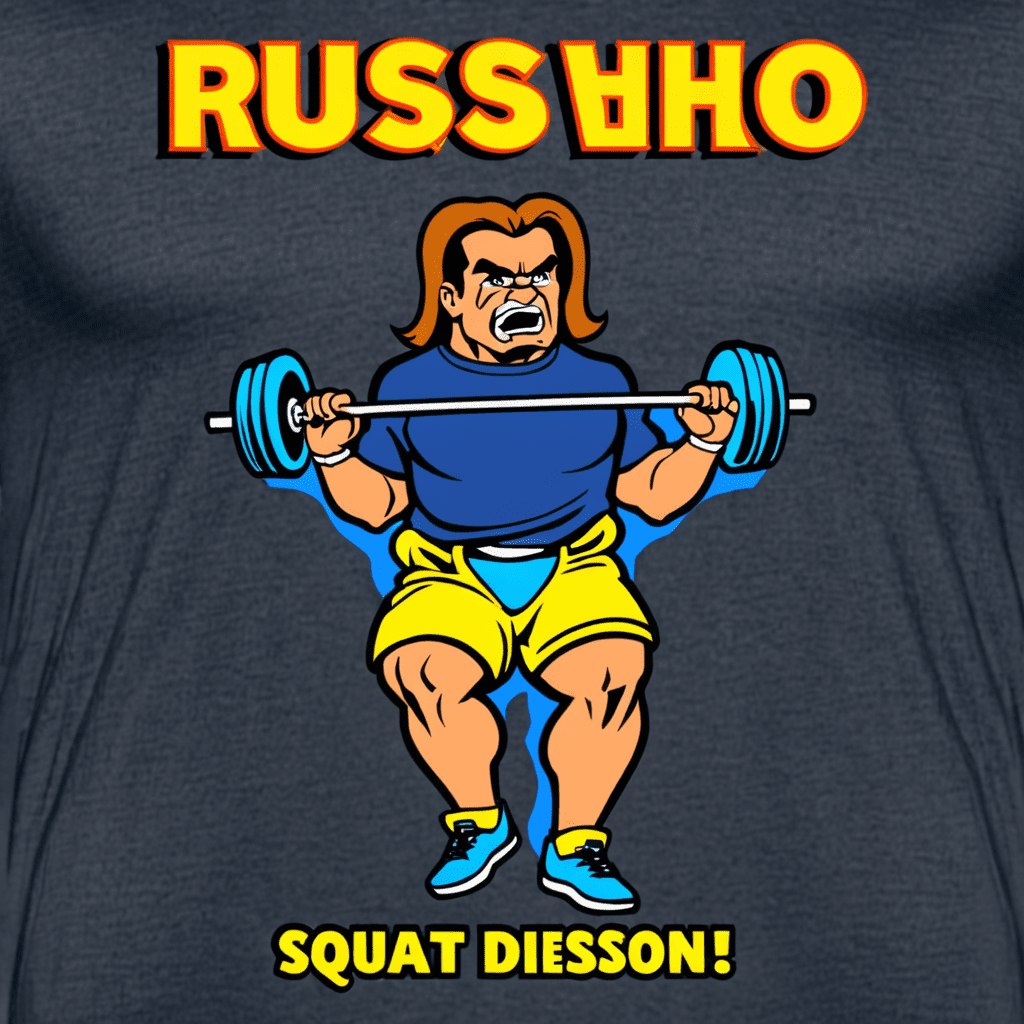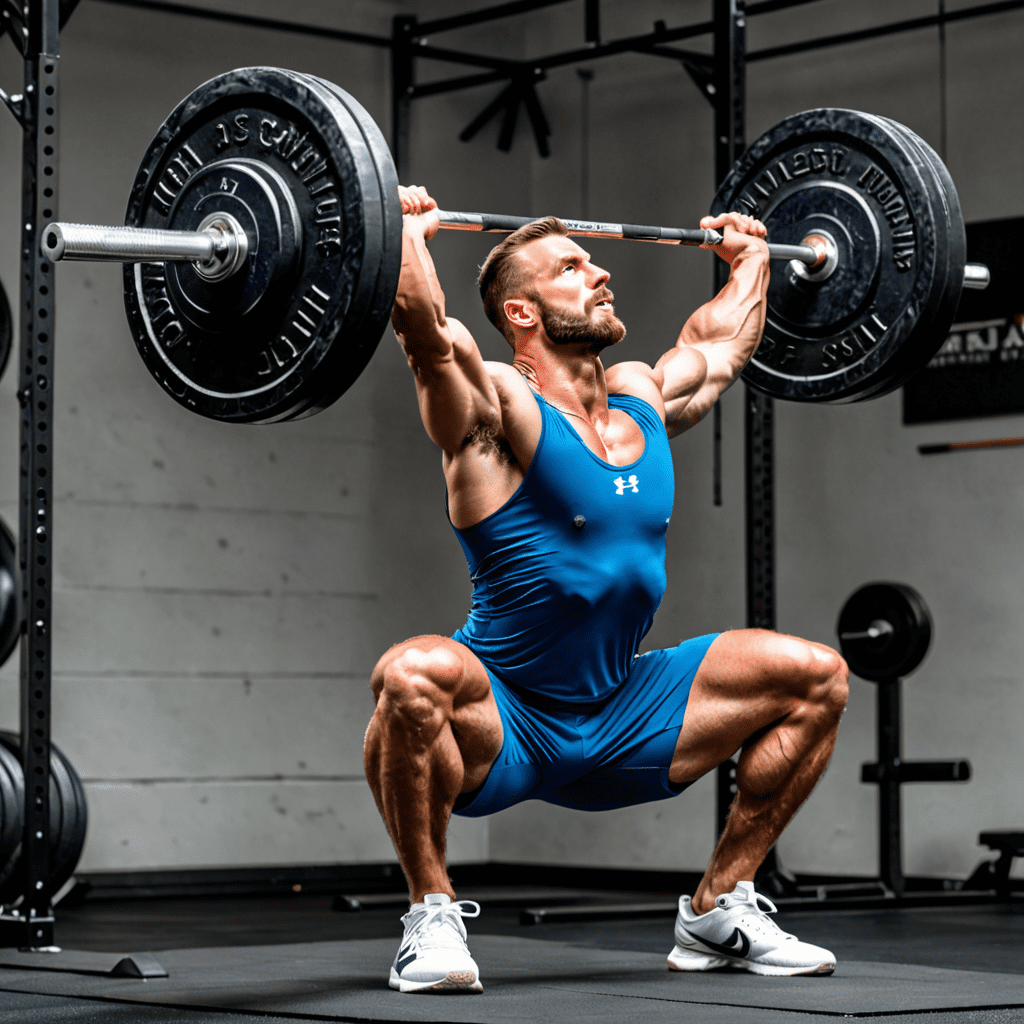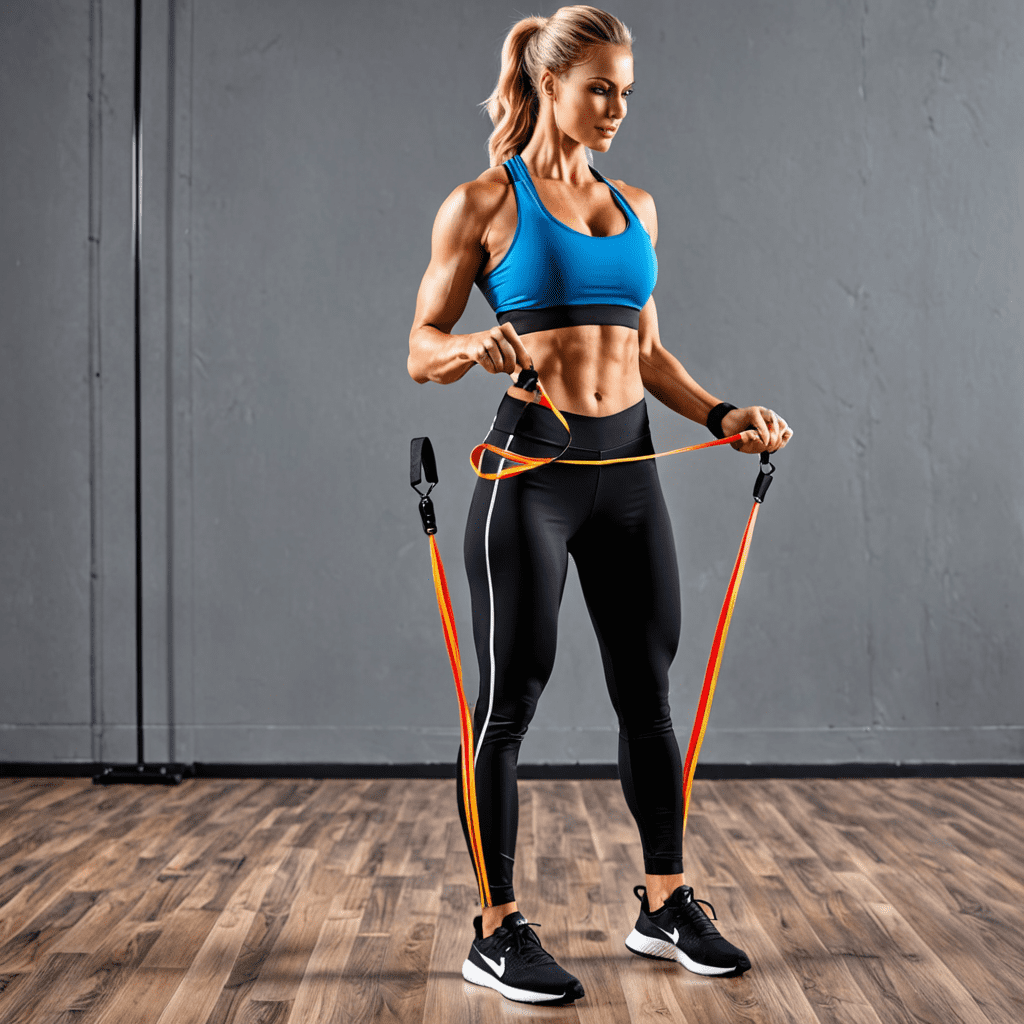
1. Introduction
Cardiovascular exercises provide a range of benefits for overall health, including improved cardiovascular function, reduced risk of chronic diseases, and enhanced physical performance. However, recent research has also highlighted the role of cardiovascular exercise in promoting muscle adaptation, making it an essential component for individuals seeking to increase muscle mass and strength. This article delves into the benefits of cardiovascular exercise for muscle adaptation, explores different types of cardiovascular exercises suitable for muscle growth, and provides guidelines for frequency, duration, intensity, and progression.
2. Benefits of Cardiovascular Exercise for Muscle Adaptation
Cardiovascular exercise offers several advantages for muscle adaptation, including:
- Enhanced Blood Flow: Cardiovascular exercise increases blood flow throughout the body, including to skeletal muscles. This increased blood flow delivers oxygen and nutrients to muscles, facilitating muscle repair and growth.
- Hormonal Response: Cardiovascular exercise stimulates the release of anabolic hormones such as growth hormone and testosterone, which play a crucial role in muscle protein synthesis and muscle growth.
- Improved Insulin Sensitivity: Regular cardiovascular exercise enhances insulin sensitivity, allowing for better uptake of glucose into muscles, providing the energy needed for muscle growth and recovery.
- Reduced Muscle Damage: Cardiovascular exercise may reduce muscle damage caused by resistance training, promoting faster recovery and improved muscle adaptation.
3. Types of Cardiovascular Exercises for Muscle Growth
Various types of cardiovascular exercises can contribute to muscle adaptation, including:
3.1 High-Intensity Interval Training (HIIT)
HIIT involves alternating short bursts of high-intensity exercise with brief periods of rest or low-intensity exercise. This type of exercise is highly effective for improving cardiovascular fitness and promoting muscle growth due to its ability to elevate growth hormone levels and stimulate muscle protein synthesis.
3.2 Moderate-Intensity Continuous Training (MICT)
MICT involves maintaining a moderate intensity level for an extended period. This type of exercise can enhance cardiovascular endurance and promote muscle growth, although its effects may be less pronounced compared to HIIT.
3.3 Sprints
Sprints are short, high-intensity bursts of exercise typically performed for 5-10 seconds. They are often used in combination with other forms of cardiovascular exercise and are highly effective for improving power, speed, and muscle growth.
4. Frequency and Duration of Cardiovascular Exercise
The frequency and duration of cardiovascular exercise for muscle adaptation vary depending on individual fitness levels and goals. Generally, it is recommended to engage in cardiovascular exercise 2-3 times per week for a duration of 30-60 minutes per session. For optimal muscle growth, it is essential to combine cardiovascular exercise with resistance training 2-4 times per week.
5. Intensity of Cardiovascular Exercise
The intensity of cardiovascular exercise is crucial for maximizing muscle adaptation. For HIIT, aim for intervals at 80-90% of maximum heart rate, with rest periods at 50-60% of maximum heart rate. For MICT, maintain an intensity of 60-75% of maximum heart rate throughout the session. For sprints, perform 8-12 repetitions at 100% effort, with 2-3 minutes of rest between sets.
6. Progression and Variation in Cardiovascular Exercise
To sustain progress and prevent plateaus, it is essential to gradually increase the intensity and duration of cardiovascular exercise over time. Incorporate various types of cardiovascular exercises to target different energy systems and muscle groups. This will ensure continued muscle adaptation and overall fitness improvements.
7. Considerations for Different Fitness Levels
Individuals with different fitness levels need to adjust the intensity, duration, and frequency of cardiovascular exercise accordingly. Beginners should start with moderate-intensity MICT for shorter durations and gradually increase the challenge as they progress. Advanced exercisers can opt for higher-intensity HIIT or sprints with longer durations and more frequent sessions.
8. Combination with Weight Training
Combining cardiovascular exercise with weight training is essential for maximizing muscle adaptation. Weight training provides the overload necessary for muscle growth, while cardiovascular exercise enhances blood flow, hormonal response, and recovery. By incorporating both types of exercise into a weekly routine, individuals can optimize muscle development and overall fitness.
9. Nutrition Support for Muscle Adaptation
Adequate nutrition is vital for supporting muscle adaptation. Consume a protein-rich diet to provide the building blocks for muscle growth. Carbohydrates provide energy for intense cardiovascular exercise, while healthy fats support hormone production and recovery. Stay hydrated by drinking plenty of fluids before, during, and after workouts.
10. Conclusion
Cardiovascular exercise is an integral part of any muscle-building program. By understanding the benefits, types, and guidelines for cardiovascular exercise, individuals can optimize muscle adaptation, enhance overall fitness, and achieve their health and performance goals. Remember, consistency, progression, and a balanced approach are key to maximizing the results of cardiovascular exercise for muscle growth.
FAQs
Q: How often should I do cardiovascular exercise for muscle growth?
A: Aim for 2-3 sessions per week.
Q: Which type of cardiovascular exercise is best for muscle growth?
A: High-intensity interval training (HIIT) is highly effective.
Q: What is the optimal intensity for cardiovascular exercise?
A: 60-75% of maximum heart rate for MICT and 80-90% for HIIT.
Q: Can I combine cardiovascular exercise and weight training?
A: Yes, combining both is crucial for maximizing muscle adaptation.
Q: What is the best way to fuel my body for cardiovascular exercise?
A: Consume a balanced diet rich in protein, carbohydrates, and healthy fats.


